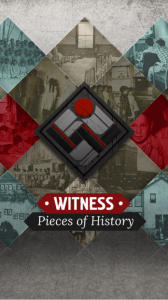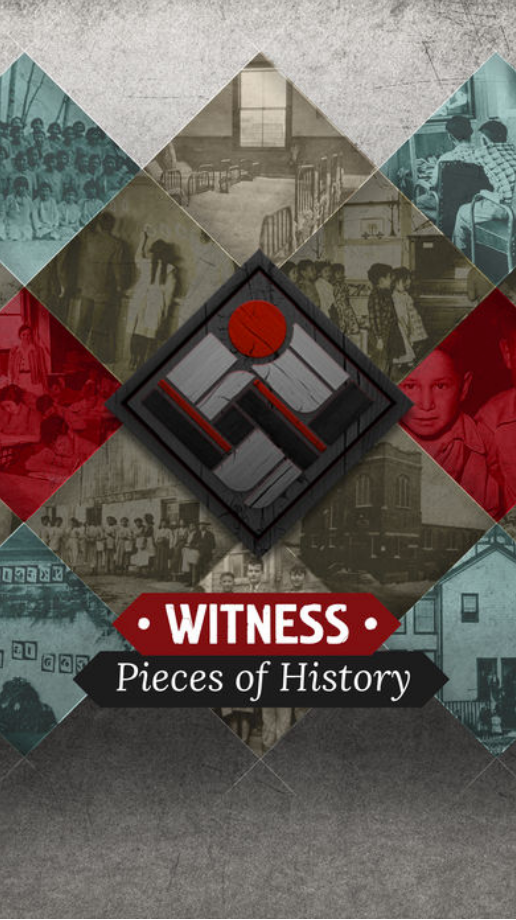 “Education has gotten us into this mess, and education will get us out,”
“Education has gotten us into this mess, and education will get us out,”
These were some of the words of the Hon. Senator Murray Sinclair on the release of the Truth and Reconciliation report in 2015. As Canada continues on the journey to Reconcilation with First Peoples, the University of the Fraser Valley is afforded an amazing opportunity for involving students, faculty, staff, administration and all the residents of the Fraser Valley in an art installation that is available from September 13—November 8 in Evered Hall in the Student Union Building, Abbotsford campus.
The Witness Blanket: Pieces of History by Carey Newman (Ha-yalth-kingeme) is a large-scale art installation that weaves together hundreds of objects reclaimed from Indian Residential Schools and other related sites in Canada to recognize the atrocities of the Indian Residential School era, honour the children, and symbolize ongoing reconciliation.
Here are some of the ways that the faculty in the Communications Department have considered as ways to incorporate the art installation into teaching opportunities.
– Provide a brief orientation to the topic of the Truth & Reconciliation and then:
– Have students download the free app that accompanies the Witness Blanket installation
– Watch the Vimeo (2 mins) Senator Murray Sinclair: What is Reconciliation? https://vimeo.com/25389165
– Take a field trip as a whole class to visit the Witness Blanket installation (in the SUB) – Have online students who are unable to visit the installation engage with both the app and the vimeo.
– Engage students in finding additional resources (and cite them in APA)
– Create opportunities for class discussion and writing response
– Write a memo (CMNS 125) or an activity report (CMNS 251)
– Write a speech as a whole class (demonstrating all the decisions and moves that need to be incorporated into the speech (235) [i.e. a persuasive speech to encourage other students to attend the installation]
– Use the following questions as a writing or discussion focus:
As a Canadian, a resident of Canada, or an international student living in Canada what actions can you take to contribute to restoring the balance to the relationship between Aboriginal and non-Aboriginal people in Canada?
OR
As an Aboriginal person in Canada how receptive am I to reconciliation?; and if I am, what can non-Aboriginal people do to demonstrate their willingness to work towards reconciliation?

